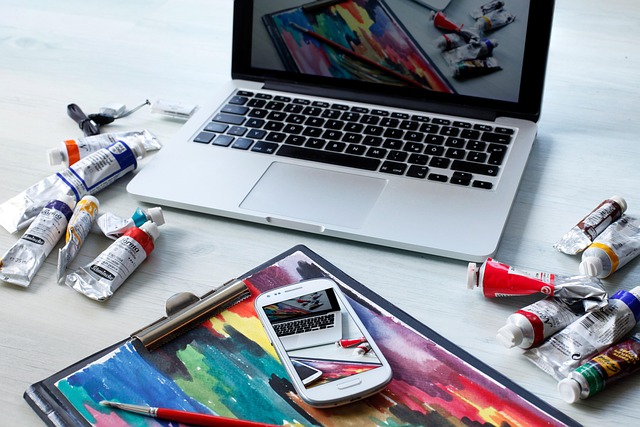Synesthetic Subcultures: When Senses Merge
In a world where individuality is celebrated, a fascinating subculture is emerging, uniting people who experience a unique blending of senses. Synesthesia, once considered rare, is now recognized as a captivating neurological trait that affects approximately 4% of the population. This phenomenon, where stimulation of one sensory pathway leads to automatic, involuntary experiences in another, is fostering vibrant communities and reshaping our understanding of perception. Read below to explore the rise of synesthetic subcultures and their impact on art, technology, and social connections.

The Sensory Symphony of Synesthesia
Synesthesia is a neurological condition where the stimulation of one sensory or cognitive pathway leads to involuntary experiences in another. For instance, a synesthete might see colors when they hear music or taste flavors when they read words. This fascinating trait has been documented for centuries, with notable figures like Vladimir Nabokov and Wassily Kandinsky among its ranks. However, it’s only in recent decades that scientific research has shed light on the neurological basis of synesthesia, revealing it to be a result of increased connectivity between brain regions typically responsible for processing different sensory inputs.
From Oddity to Identity: The Birth of Synesthetic Communities
As awareness of synesthesia has grown, so too has the formation of communities centered around this shared experience. Online forums, social media groups, and local meetups have sprung up, providing spaces for synesthetes to connect, share their experiences, and celebrate their unique perceptions. These communities serve not only as support networks but also as incubators for creativity and innovation. Many synesthetes report feeling isolated or misunderstood before finding others who share their sensory experiences, making these communities crucial for personal validation and identity formation.
Synesthesia in the Digital Age: Tech Tools and Virtual Realities
The digital revolution has opened up new avenues for synesthetes to express and explore their perceptions. Virtual reality and augmented reality technologies are being developed to simulate synesthetic experiences, allowing non-synesthetes to glimpse this sensory fusion. Apps and software designed by and for synesthetes are emerging, offering tools to visualize music, translate colors into tastes, or create art based on sensory associations. These technological advancements are not only enhancing the lives of synesthetes but also bridging the gap between synesthetic and non-synesthetic perceptions, fostering greater understanding and appreciation for diverse sensory experiences.
The Synesthetic Renaissance in Art and Culture
Synesthesia has long been a source of inspiration in the arts, but the growing synesthetic subculture is catalyzing a new wave of creative expression. Artists, musicians, and writers who experience synesthesia are increasingly incorporating their multisensory perceptions into their work, creating pieces that challenge traditional boundaries between sensory modalities. Galleries dedicated to synesthetic art are emerging, while music festivals and performances are being designed to stimulate multiple senses simultaneously. This synesthetic renaissance is not only enriching cultural landscapes but also encouraging audiences to explore their own sensory experiences in new and profound ways.
Challenges and Opportunities: Navigating a Multisensory World
As synesthetic subcultures gain visibility, they also face unique challenges. The increased recognition of synesthesia has led to misconceptions and, in some cases, romanticization of the condition. Synesthetes often grapple with explaining their experiences to others without being misunderstood or dismissed. Additionally, the diversity of synesthetic experiences—there are over 80 documented forms of synesthesia—can make it difficult to create inclusive spaces that cater to all types of sensory blending. However, these challenges also present opportunities for education, research, and innovation. As society becomes more aware of neurodiversity, synesthetic perspectives are contributing to broader conversations about perception, consciousness, and the nature of reality itself.





